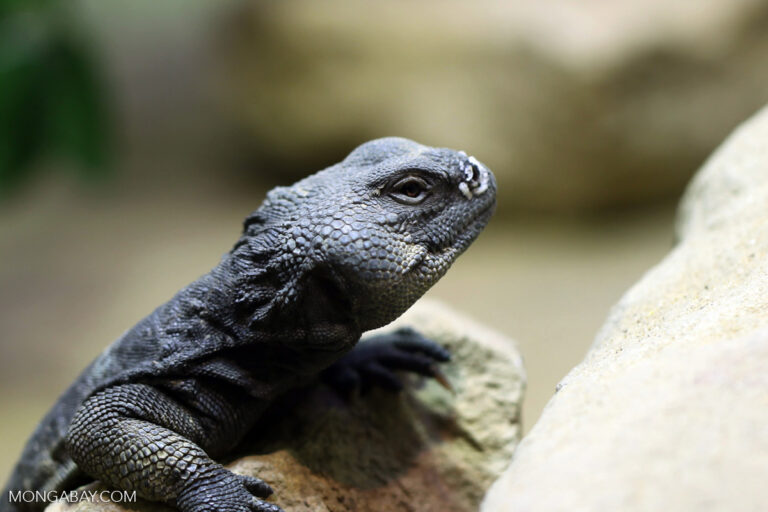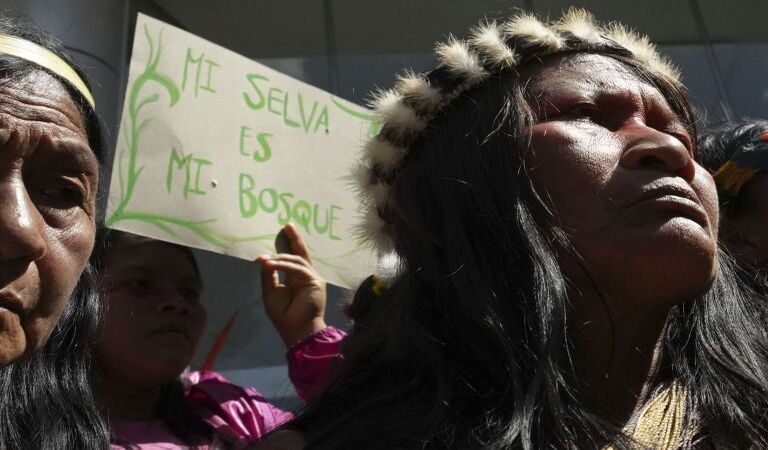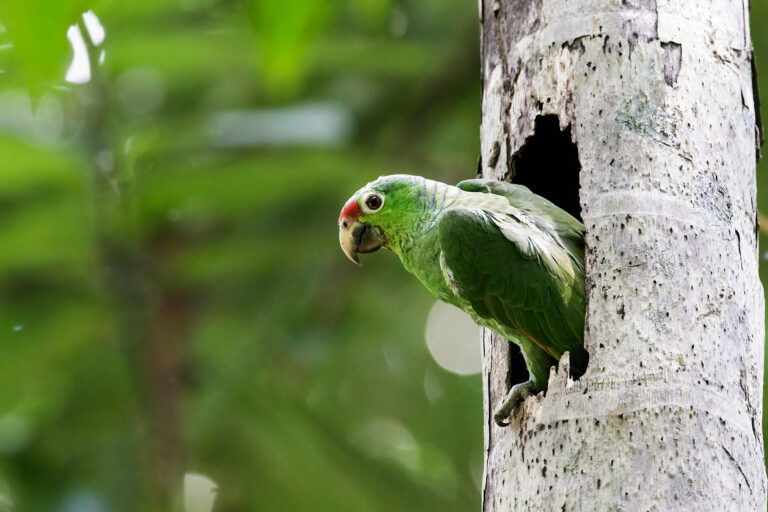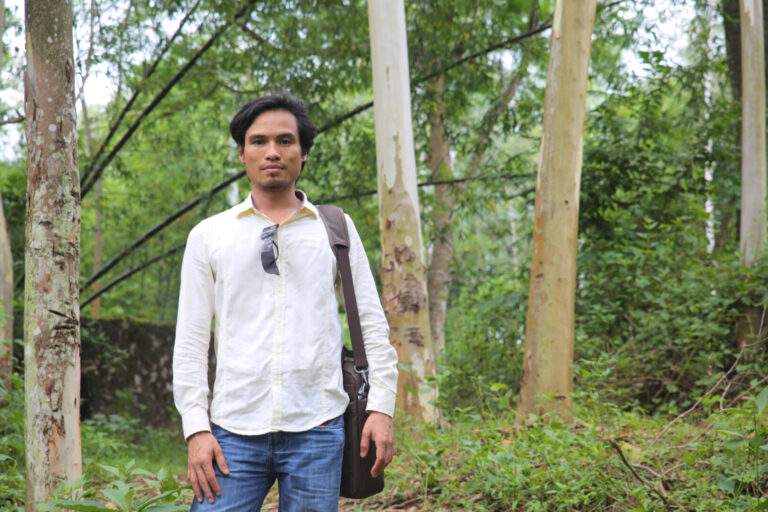- Trapping for invasive mammals that prey on New Zealand’s endemic, often flightless, native birds has been part of the country’s rural life for a long time.
- Through the national Predator-Free 2050 program, which aims to wipe out three particularly troublesome predators from the country by 2050, multiple projects are ramping up protective activities to rid areas of these predators and encourage people’s participation in enabling bird populations to recover.
- Apps and other technological developments have already made trapping easier and more efficient, allowed over 1,500 community trapping groups to record and share trap and bait station information with others, and record birdsong to monitor impacts of pest control efforts.
- Support for the Predator-Free 2050 goal isn’t universal, so involving indigenous Māori tribes, who now hunt the invasive predators instead of native birds, and other communities — through technologies and other means of engagement — will remain integral to the ambitious program’s success.
In Whāingaroa/Raglan on New Zealand’s (NZ’s) west coast, trapping for introduced mammals that prey on endangered native birds is something of a competitive sport. Karioi Project, a local conservation NGO named after the bushclad volcano that backs the small surf town and houses a significant population of endemic oi (grey-faced petrels, Pterodroma gouldi), has established a ‘trap library’ where locals can borrow traps to deploy at home, free of charge. The organization also runs a popular annual event called the Great Raglan Rat Hunt, during which participants are supported to trap intensively on their properties for a weekend and then compete for prizes for the heaviest rat and biggest haul.

Trapping for invasive mammalian pests has been part of rural life in NZ for a long time. The country ‘most invaded’ by introduced species in the world, NZ has some of the bird life least-prepared to cope with it —an impressive array of endemic birds, many of whom are flightless and can’t escape easily from introduced predators.
The most damaging of these pests for endemic biodiversity is the Australian brushtail possum [Trichosurus vulpecula], which was introduced to NZ for the fur trade in the 1800s. In Australia, this nocturnal marsupial is endangered (and much beloved!), but in NZ the population exploded, hitting a peak of between 50 and 70 million in the 1970s. As well as eating birds, eggs, insects and snails, possums strip trees of their leaves, flowers, leaf buds and fruit. Across the country, it’s estimated that they consume about 21,000 tonnes (23,148 US tons) of leaves and flowers every night.
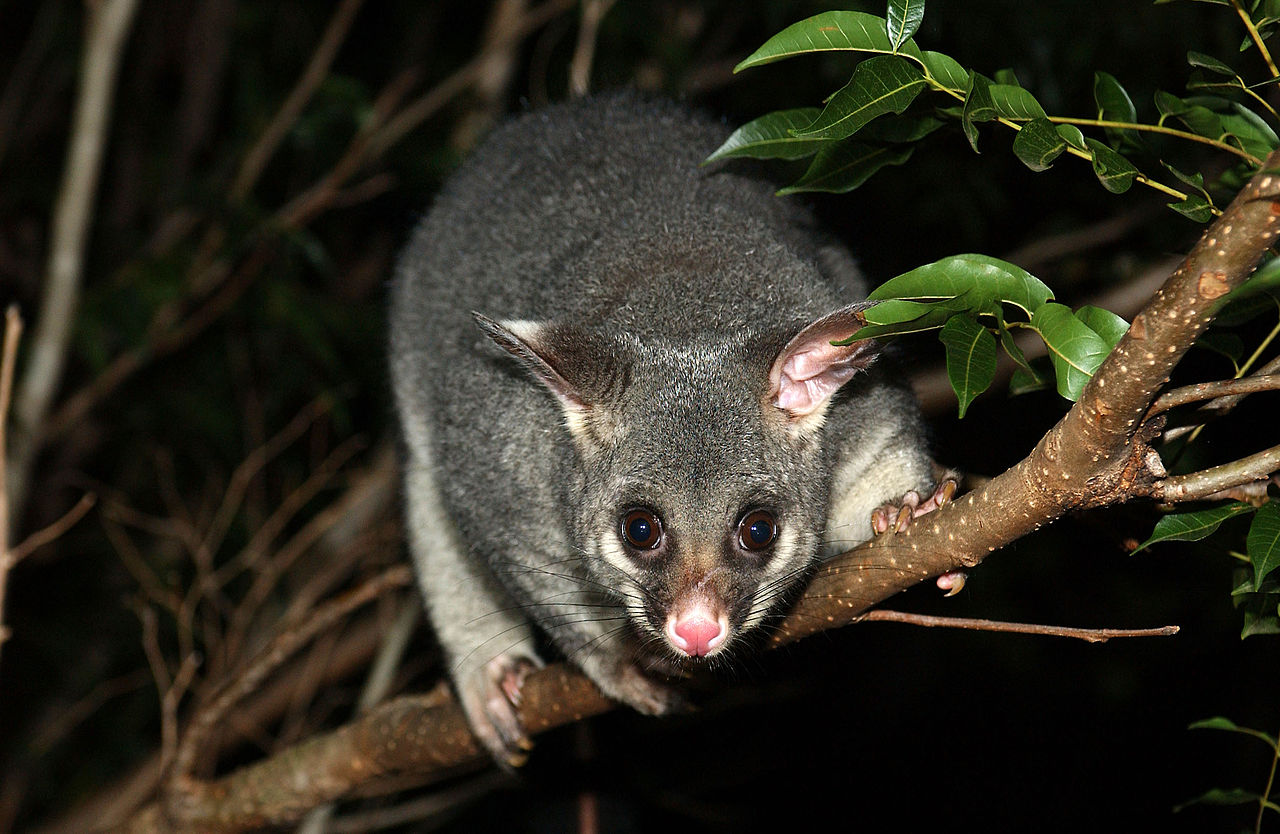
Possums also impact farming because they eat pasture grass, reducing the amount available for livestock. What’s more, they can carry bovine tuberculosis and pass it on to cattle. In total, the damage they do costs NZ farmers an estimated $35 million a year. Since the 1970s, possum numbers have been brought down to around 30 million through concerted trapping and poisoning efforts by farmers, conservationists, civil society and the Department of Conservation (DOC). However, the numbers are still high enough to prevent native bird populations from bouncing back.
Historically, pest control has focused mostly on maintenance, not eradication – except for in a few offshore islands and fenced mainland sanctuaries where endangered birds have been reintroduced. But in the last few years, many individual trappers and community groups have set their sights considerably higher.
“New Zealanders are more engaged in environmental protection than at any point in our recent history,” said the Parliamentary Commissioner for the Environment, Simon Upton, at a recent symposium in Wellington. That’s got a lot to do with the Predator-Free 2050 (PF2050) goal, first floated in 2012 and backed by the Government in 2016. It aims to completely wipe out some of the country’s most troublesome pests: rats [Rattus norvegicus and Rattus rattus], stoats [Mustela erminea] and possums by 2050.

Involving and supporting NZ’s various communities
Since then, a proliferation of community-led projects has emerged across the country, spurred by the collective goal as well as the increase in funding and resources available for the cause. In Te Paki, the northernmost tip of Te-Ika-a-Māui (the North Island), the local iwi (Māori tribe) is working to fence off the 33,000-hectare (127 square mile) tip of the peninsula. When finished, it’ll be the first mainland sanctuary to be created in an inhabited area.
Meanwhile, at the southern end of Te-Ika-a-Māui, in the country’s capital of Wellington, the Capital Kiwi project aims to return kiwi to the wild by eliminating stoats – their main predators – from an area of over 20,000 hectares (77 square miles).
In the small city of Otepōti/Dunedin in southeastern Te Wai Pounamu (the South Island), 20 conservation-related agencies and groups have banded together to remove possums from the 9,000 hectare Otago Peninsula and create a predator-free ‘halo’ around a nearby wildlife refuge, the Orokonui Ecosanctuary.
Technological developments are helping to fuel the movement. An app called Trap.Nz, developed by technology company Groundtruth Ltd with support from World Wildlife Fund (WWF) NZ, allows community trappers to start or join a project, record and share trap and bait station data across the country and generate maps of invasive mammal “hotspots”. So far 1,557 project groups have signed up and contributed data, and over a million kills have been recorded through the app.
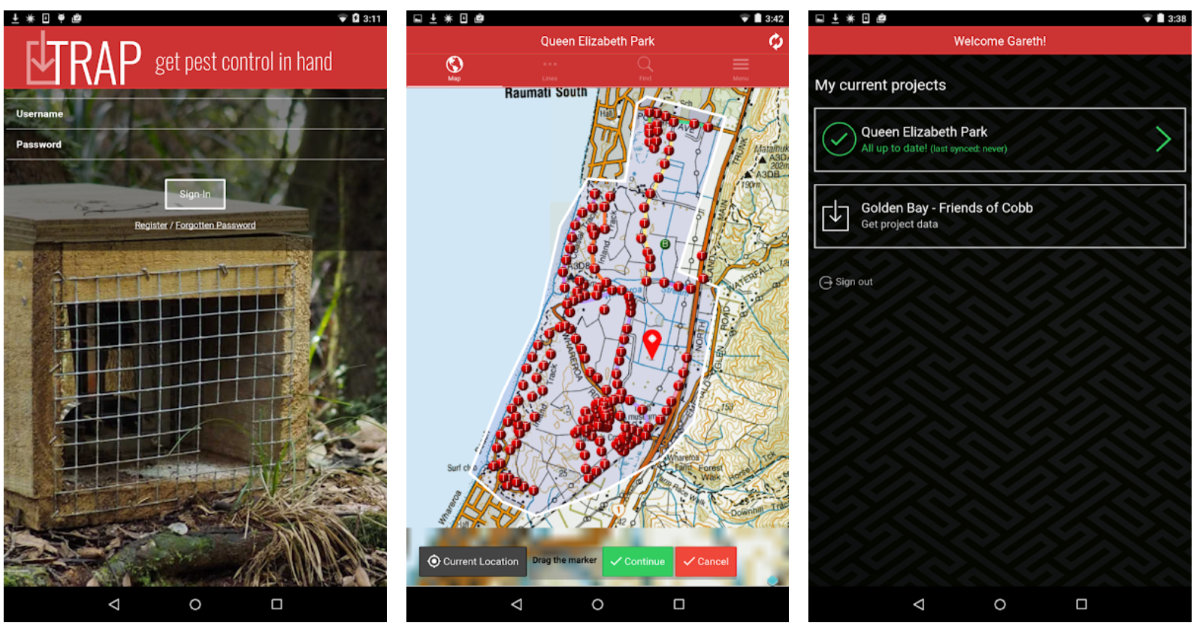
Meanwhile, multi-kill traps, some of which are linked to the mobile phone network and can notify managers on their mobile phones when they make a kill, are eliminating lots of the leg-work of trapping and making the process increasingly more efficient.
As Nicola Toki, DOC’s Threatened Species Ambassador, pointed out at the symposium, if the movement is to catch hold and build the widespread social support and engagement required to make the target, it’s also important to measure “not just what we nailed, but also what we saved.” To that end, open-source technology collective Cacophony Project has created and released an app called the Cacophonometer, which records the volume of birdsong, so that trappers can track changes in bird populations and the impacts of their pest control efforts.

Support for PF2050 isn’t universal. Many hunters are opposed to wiping out the predators entirely, as this would destroy their livelihoods. Some indigenous Māori say that since hunting native birds is no longer legal or viable, going into the bush to hunt pest species is now one of the main ways they interact with their forests. And while effective and efficient pest control might seem like an obvious part of eliminating predators, rolling out approaches that reduce indigenous engagement with the environment has been shown to negatively impact biodiversity, as Phil Lyver and Jason Tylianakis pointed out in their 2017 article Indigenous People: Conservation Paradox.
And amongst those who support the goal, there’s controversy over the methods being used and proposed to get there. Some favor the use of gene-editing technology, which could wipe out entire populations at low cost without bloodshed or impact on any other species, for example by editing sex-determination pathways in their DNA to make all future offspring male. Others worry about the impact and risks of this kind of intervention, especially because possums are endangered in their homeland just across the Tasman Sea.

For Māori, there are also specific cultural concerns about the method because of its perceived impacts on whakapapa (genealogy), which is a central organizing principle for communities and their relationships with all parts of the natural world.
It’s clear that however the goal is tackled, it will need to involve communities every step of the way. And this may have other benefits beyond the goal itself. “We have a massive opportunity to facilitate and support leadership in our communities,” said Campbell Leckie of the Hawkes Bay regional council, at a panel during the symposium.
While the jury’s still out as to whether the technologies, resources, social license and citizen engagement will conspire to make the goal a reality by 2050, it’s already proven worthwhile to commit to something so ambitious, said DOC’s Toki. “When you choose a goal, everybody focuses that effort,” she said. “We wouldn’t have had all this engagement had we not all gone for this crazy goal, and focusing our efforts has reduced our costs and created opportunities for us to tick this off.”
“People want to know they’re part of something and that they’re being watched by the world,” added businessman and environmentalist Sir Rob Fenwick. “It shows just how powerful community conservation can be when it’s clustered around something bigger.”
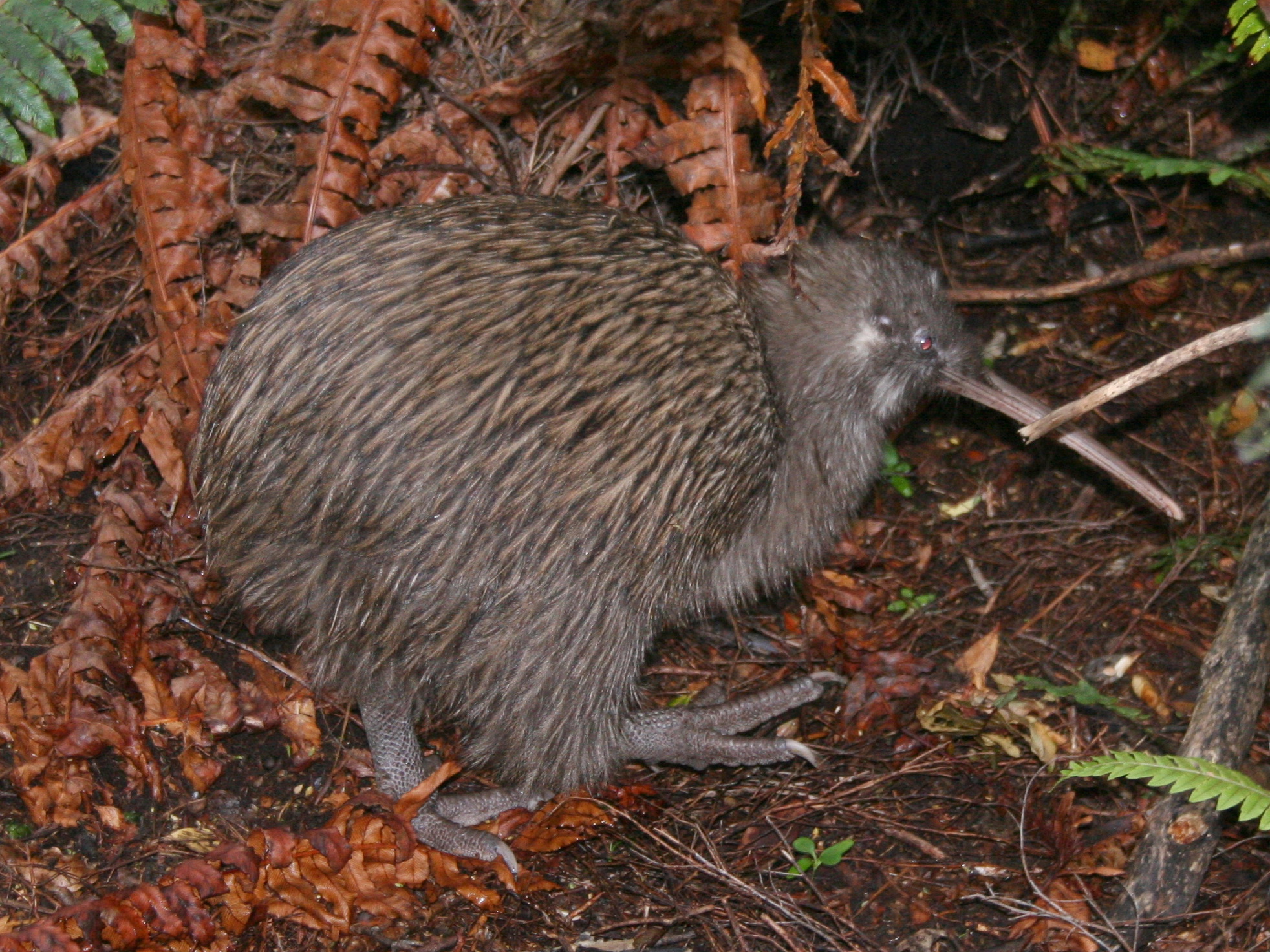
FEEDBACK: Use this form to send a message to the editor of this post. If you want to post a public comment, you can do that at the bottom of the page.








